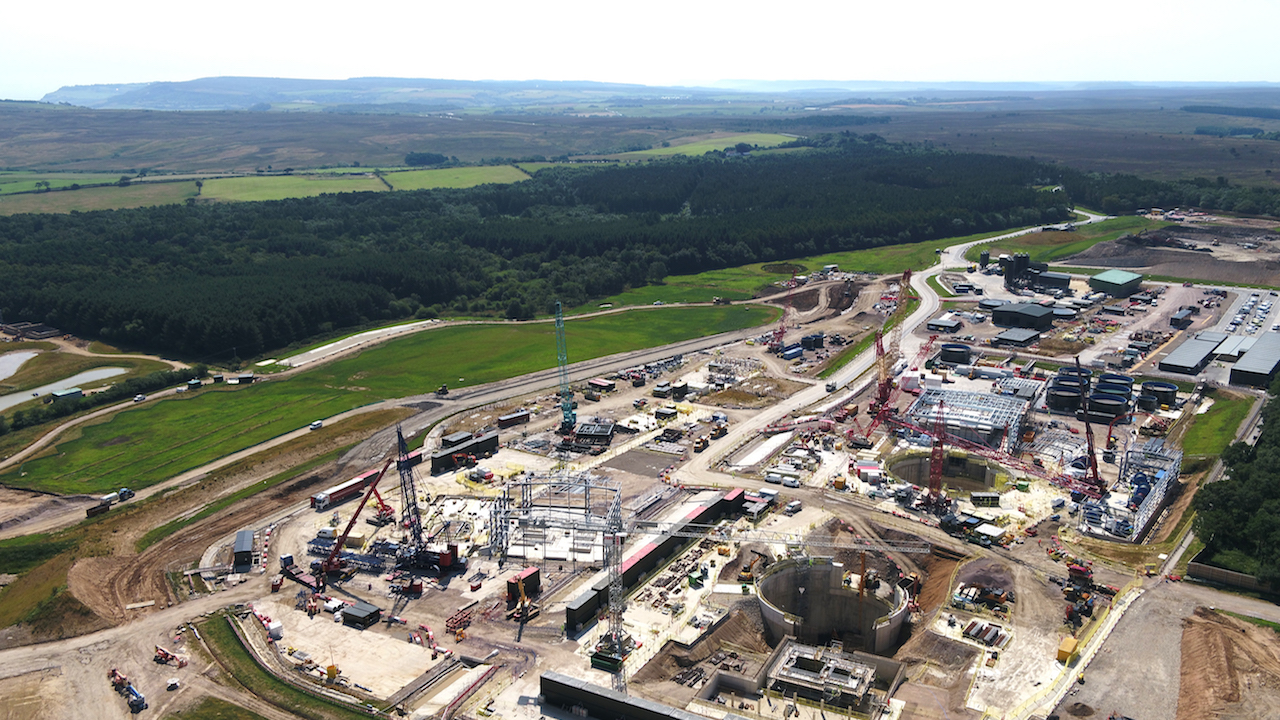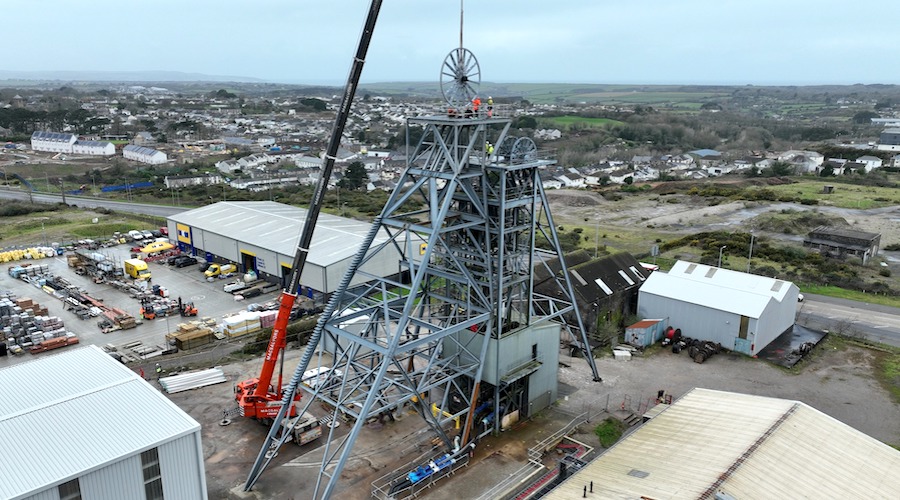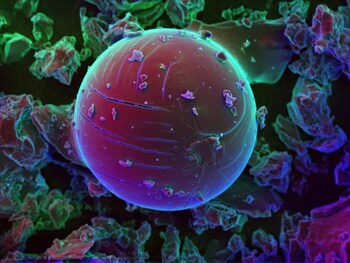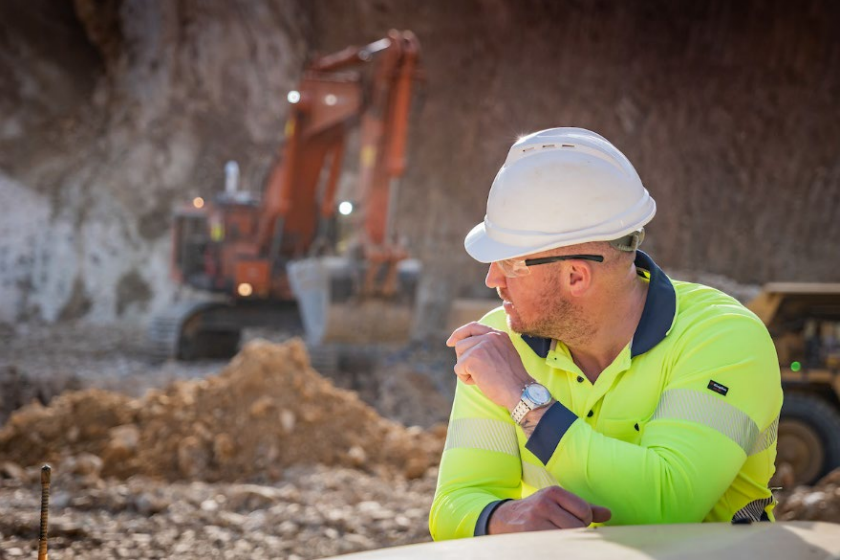Faithful reader Don Bubar, president and CEO of Avalon Ventures, pointed out some inaccuracies in my item about rare earths that appeared in Monday's e-newsletter. Below are his remarks and his knowledgeable comments on the matter:
"Your story on rare earths contains a number of inaccuracies. The rare earth elements are defined as the lanthanides plus yttrium. They do not include the actinides such as uranium. The rare earth elements (REEs) are generally subdivided into two groups: the light rare earths or lanthanides of low atomic number 57-60 and the heavy rare earths or lanthanides of atomic number 62 and higher. This is important to understand because the light rare earths are not in short supply at all and China has not indicated any intention of limiting the production and export of the value-added derivative light rare earth products demanded in the marketplace.
"Where there is a looming shortage is in the supply of the more valuable heavy rare earths, which are much more scarce because most known deposits predominantly contain light rare earths. The major Chinese source of the heavy rare earths are the South China clays, where production is declining mainly because of environmental concerns, as the strip mining methods used there are very destructive. Other deposits containing a high proportion of heavy rare earths compared with the light rare earths are very uncommon. We feel that Avalon Ventures Ltd. has one of the better prospects in this regard in its Thor Lake deposit in the Northwest Territories, where the rare earth mineralization shows an unusually high heavy rare earth distribution.
"When evaluating rare earth deposits it is critically important to understand the mineralogy of the rare earth mineralization, the total rare earth content of the minerals, and the distribution of lanthanides (heavies vs lights) contained in those minerals, as well as their content of potentially deleterious trace elements such as uranium and thorium. Data on the total rare earth oxide (TREO) content of the ore, as is often reported by explorers, can be misleading if these factors are not also considered."





Comments